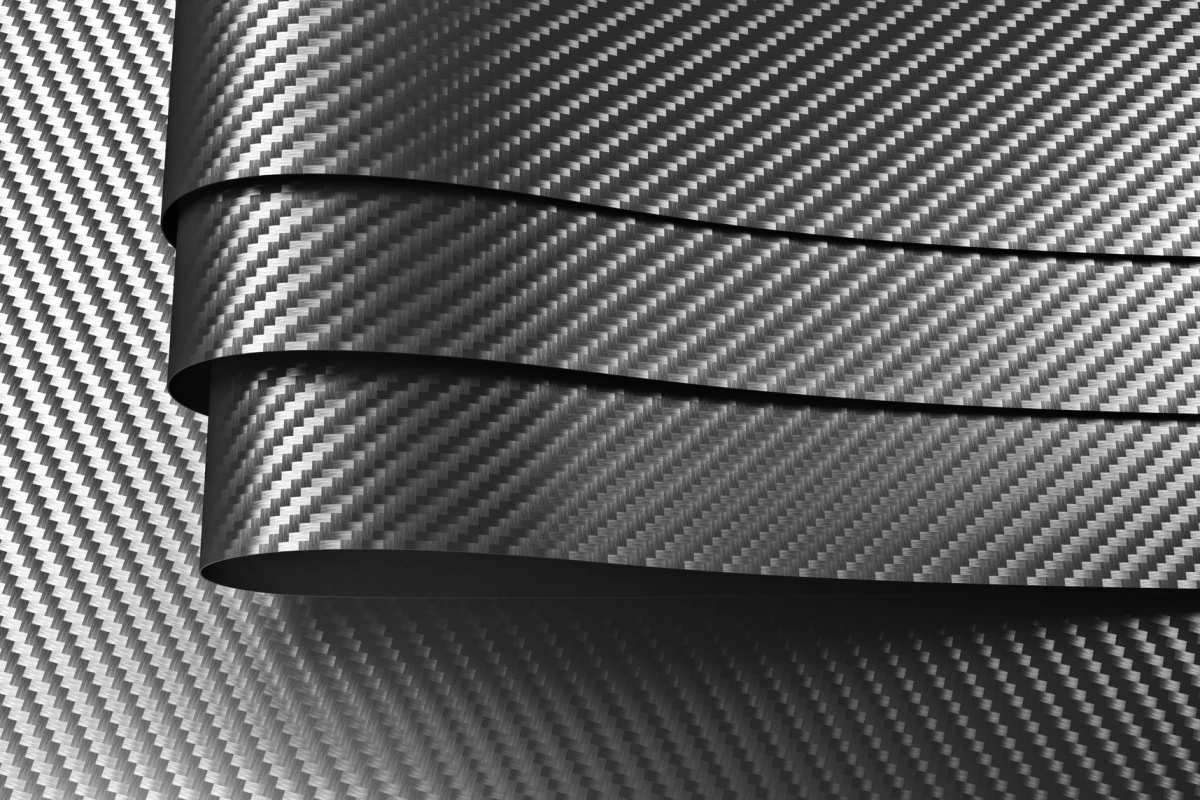With superb strength and stiffness and a relatively low weight, carbon fibers are the type of material engineers would love to use for all kinds of things, not just top-end bicycles and cars, and aircraft. While the high cost of production has proven a key limitation in its widespread adoption, one team of scientists has found that adding a small amount of graphene to the production mix could be the key to not only making carbon fiber more affordable, but possibly stronger and stiffer at the same time.
As it stands, carbon fiber costs around US$15 per pound (0.45 kg), and the researchers behind this new breakthrough hope to one day lower that figure to $5. Made up of scientists from Pennsylvania State University, the University of Virginia and Oak Ridge National Laboratory, the research team aims to edge toward this goal by making tweaks to the expensive production process, with the ultimate goal of making carbon fiber a viable option for mass car manufacturers.
“Even though carbon fibers have really nice features, they would make a car far more expensive with the way carbon fibers are manufactured now," says Adri van Duin, professor of mechanical and chemical engineering at Penn State. “If you can get these properties easier to manufacture then you can make cars significantly lighter, lower the cost of them and make them safer.”
One of the key reasons that carbon fiber is so expensive to make is because it is produced from a costly polymer called polyacrylonitrile, or PAN. This contributes around 50 percent of the overall production cost of the material and requires huge amounts of energy, largely because of the extreme temperatures required to turn the polymer into the long and strong strands of carbon-based atoms.
This begins with heating the PAN fibers to 200 to 300 °C (392 to 572 °F) in order to oxidize them, before dialing up the mercury to 1,200-1,600 °C (2,200 to 2,900 °F), which expels nearly all the remaining non-carbon atoms. Further heating to 2,100 °C (3,800 °F) then aligns the remaining molecules in the material to result in the famously stiff and strong carbon fibers.
The team was exploring how other materials could be brought into the mix to lessen the reliance on PAM, while making the process more efficient and possibly produce better performing materials. Through its experiments, the team found that adding a tiny amount of graphene, just 0.075 percent concentration by weight, to the first stage of the process yielded some impressive results.
This additive led to a carbon fiber that had 225 percent greater strength and 184 percent greater stiffness than standard carbon fibers. According to the team’s analysis, this is because the flat graphene structure aligns the molecules in the PAN with greater consistency, while PAN also condenses around the edges of the graphene.
“We connected experiments of different scales to not only show that this process works, but it gave us an atomistic-scale reason why these types of additives work,” says van Duin. “That knowledge allows us to optimize the process further.”
With this big boost in performance, the team is excited about the possibilities this efficient new technique could open up. While it already lowers the production cost to a degree, the team is now exploring how it could allow for other, cheaper precursor materials to be brought into the mix. Ultimately, they hope it could mean that some of the production steps are removed altogether.
The research was published in the journal Science Advances.
Source: Pennsylvania State University




